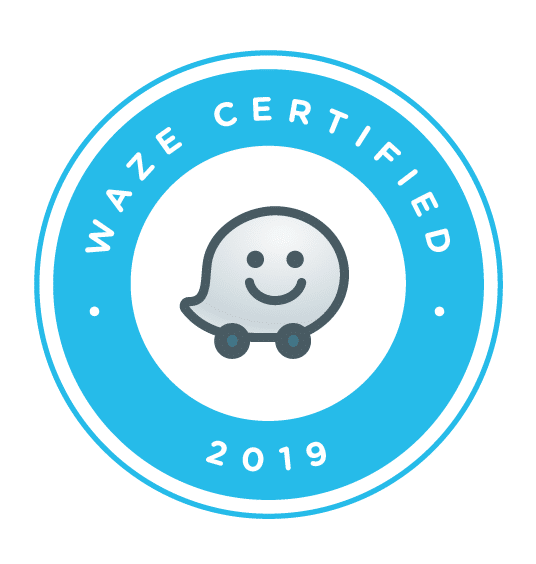You know the overwhelming numbers: the penetration rate for smartphones in the US is more than 70%. That means the majority of your customers have a voice assistant-enabled device with them at all times.
A recent survey also reported that more than 50% of consumers own a smart speaker and use it daily. Amazon alone fields an average of 130 million questions a day via Alexa, and Google Home/Google Assistant and Siri use increases that number substantially.
The methods consumers use when searching with a voice assistant differ significantly enough from traditional typed keyword search queries that it’s important to the success of your business to understand how to take advantage of this shifting behavior.
More and more, your E-savvy Target (see what I did there?) is using conversational phrases to search for solutions. It’s a much more natural way for human beings to interact with their electronic devices. In the past users were forced to learn the interface of each new technological marvel that came along, then modify their behavior to accommodate it. But an emphasis on organic, natural user experience means that modern devices are adapting to become more convenient to use, reducing the friction that comes with adopting new technologies.
Voice user interfaces are an ideal example of this, and developers of devices for the Internet of Things are rushing to find ways to integrate their products. But the prevalence and growth of natural language queries has ramifications for businesses of all types, not just technology-based companies.
The remarkable thing about voice assistant use is that the natural familiarity of searching using conversational phrases contributes to its popularity across a wide spectrum of ages. In one report, the age group with the heaviest voice search use is 65-plus: 88% of those aged 65 or older responded that they use voice search at least a few times a week, with 50% of that group claiming to use voice search 1-3 times per day.The youngest respondents in the survey, 13-18-year-olds, represent the second biggest category of voice search users. Everyone in this group claims to use voice at least a few times a month, and 40% of 13-18-year-olds indicated that they use voice more than 3 times per day. So regardless of the segment you may be targeting, this should be an area of focus.
You likely already invest some portion of your digital marketing budget into ongoing optimization efforts to ensure that your brand’s website has a credible, noticeable presence on the most ubiquitous search engines. (If you don’t, you definitely should!) And Google’s John Mueller has gone on record as saying that, essentially, queries are queries … if a website’s information is easily accessible and useful for search engines and users, then you don’t need to do anything “special” for voice. But our experience at High10 has shown that there are legitimate steps that can be taken to improve your business’ chances of showing up in voice-related search results.
In today’s world, ET is using a smartphone—or the Alexa that’s undoubtedly in Elliott’s home—to search for an interplanetary rideshare rather than cobbling together a saw blade, record player, umbrella and Speak & Spell to make a phone call. If that’s the service you provide, please make sure you’ve made the appropriate preparations so you’re the company he finds.






